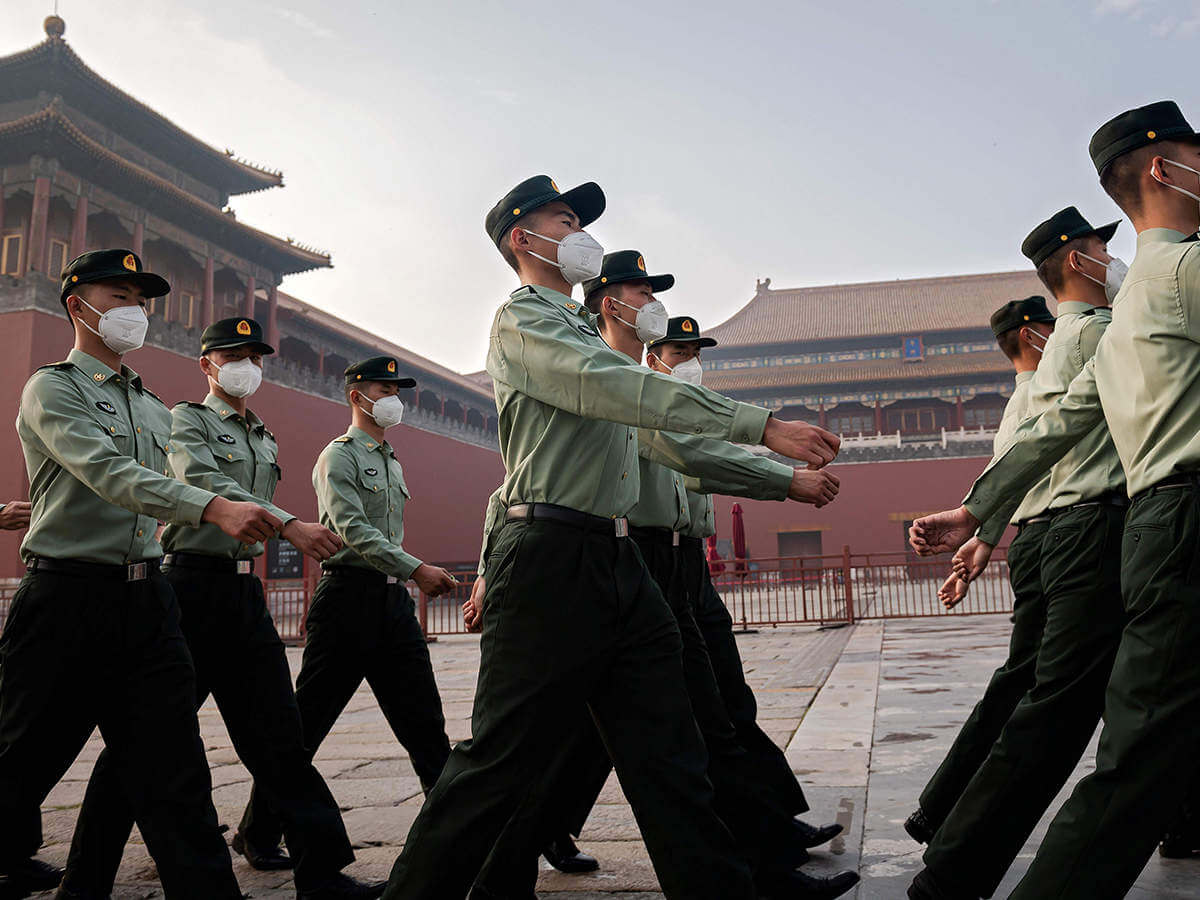An annual report published by the Pentagon, titled “Military and Security Developments Involving the People’s Republic of China 2020”, has said that China is seeking to expand its military facilities to over 12 countries, including Pakistan, Sri Lanka, Myanmar, Thailand, Singapore, the United Arab Emirates (UAE), and Indonesia.
The document states that the People’s Republic of China (PRC) is “seeking to establish a more robust overseas logistics and basing infrastructure to allow the [People’s Liberation Army] to project and sustain military power at greater distances”. Further, it reports that, “Beyond its current base in Djibouti, the PRC is very likely already considering and planning for additional overseas military logistics facilities to support naval, air, and ground forces.” This is likely to be particularly concerning for the United States (US), because a “global PLA military logistics network” could act as an obstacle to US military operations and provide China with the “flexibility to support offensive operations against the United States”.
These military ambitions are in furtherance of China’s need to protect its investments under its “One Belt, One Road” initiative, which was first announced in 2013. Since then, over 125 countries have agreed to sign OBOR cooperation documents. The report says that China implements OBOR by “financing, constructing, and developing transportation infrastructure, natural gas pipelines, hydropower projects, digital connectivity, and technology and industrial parks worldwide”, and by doing so, China’s leaders are “leveraging China’s growing economic, diplomatic, and military clout to establish regional pre-eminence and expand the country’s international influence”.
The evaluation comes amid one of the tensest periods in US-China relations in decades. Since the beginning of this year, US President Donald Trump has repeatedly blamed China for unleashing the coronavirus on the world. The two nations also continue to lock heads over China’s aggression in the South China Sea, the use of 5G technologies, the new national security law in Hong Kong, the treatment of minorities in Xinjiang, and security measures in Tibet. Further, China has resisted engaging in arms control talks with Russia and the United States ahead of the expiration of the New START nuclear pact in February 2021.
For India, with three of its neighbours featuring on the list, Chinese military ambitions are especially concerning, amid increasing tensions along the Indo-China border. India has been attempting to counter China’s regional dominance in South Asia through its “Neighbourhood First” policy. For instance, it has been trying to increase its influence in Sri Lanka to counter China’s ambitions on the island. Consequently, last month, India announced a $400 million currency swap facility under the South Asian Association for Regional Cooperation (SAARC) to help Sri Lanka pay off its debts. Sri Lanka, and countering Chinese influences on the island, is not only crucial for India, but also for its allies, Japan, the US and Australia, who are all looking to stand against China’s aggression in the Indo-Pacific region. Last month, the Indian government also announced a $500 million package to the Maldives, comprising $100 million in grants and $400 million as a line of credit. This, too, was seen as a pre-emptive strategy to counter Chinese efforts in the Maldives, which is now more vulnerable to China’s predatory economic policies after the COVID-19 outbreak severely damaged its tourism industry.
Pentagon Warns of China’s Ambition to Expand Military Facilities to 12 Countries
The list of countries that China is seeking to expand its military facilities to include Pakistan, Sri Lanka, Myanmar, Thailand, Singapore and the UAE.
September 3, 2020

SOURCE: ECONOMIC TIMES
